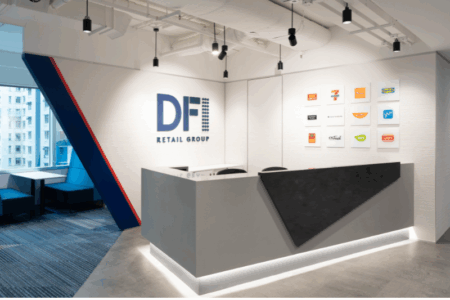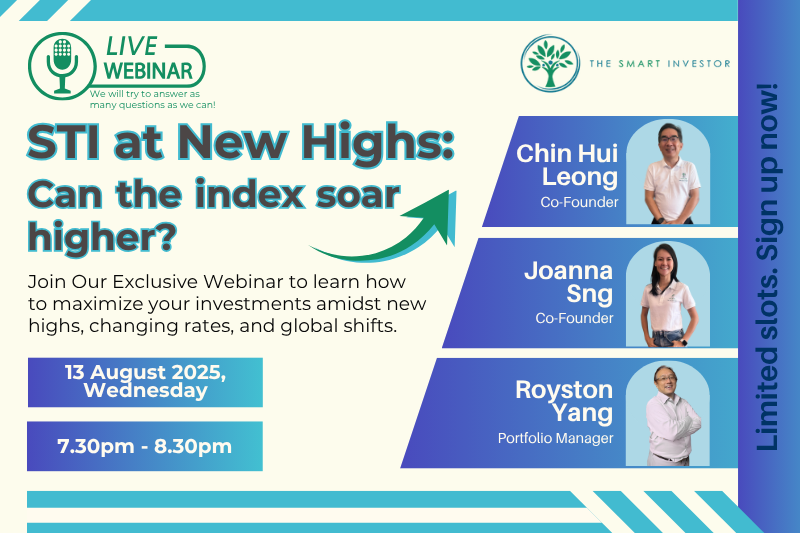Singapore banks have been on a roll.
2022 saw the trio report record-breaking earnings on the back of surging interest rates that pushed up their net interest income.
DBS Group (SGX: D05), Singapore’s largest lender, saw its net profit jump 20% year on year to touch S$8.2 billion.
OCBC Ltd (SGX: O39) reported a net profit of S$5.7 billion and hiked its final dividend by 43% year on year to S$0.40.
Not to be outdone, United Overseas Bank Ltd (SGX: U11), or UOB, announced a 12% year on year rise in net profit to a record high of S$4.6 billion.
As of this writing, the US Federal Reserve appears to lean towards further interest rate hikes to keep inflation on a sustained downward trajectory.
The three banks are poised to report their first quarter (1Q 2023) results early next month.
Here are three aspects that investors need to keep a close watch on for each bank.
Net interest margin (NIM)
Net interest margin, or the NIM, is an important driver of the bank’s total income.
NIMs largely determine the level of the net interest income (NII) that banks enjoy.
The NIM is derived from the average level at which the bank can loan out its cash versus the interest it needs to pay on its deposits.
In the previous quarter, all three banks saw a big surge in NIMs as interest rate increases accelerated.
As a recap, OCBC’s NIM hit 2.19% in the second half of 2022 while UOB and DBS chalked up NIMs of 2.08% and 1.97%, respectively.
These NIM levels were significantly higher than the average of around 1.5% recorded in the whole of 2021 by all three banks.
For 1Q 2023, it’s useful to observe if NIM continues to increase, or if it starts to plateau.
DBS has guided for a peak NIM of 2.25% so it may have some way to go, while UOB believes that NIM should “stay around 2.2%”.
OCBC, on the other hand, projects that its NIM will hover around 2.1% for 2023.
These numbers seem to imply that there is upside for DBS’ NII if it can continue to improve its NIM.
UOB’s NII may continue to edge up if its NIM can improve from 2.08% to 2.2%, while OCBC’s NIM looks set to dip after the initial surge.
Loan growth
Of course, NIM is just one aspect of the equation for computing the NII.
The second crucial factor is that growth in each bank’s loan book as NII is predicated on the volume of loans doled out to clients.
On this front, all three banks have reported weak loan growth for 2022.
UOB saw a 2.9% year on year rise in its loan book while OCBC and DBS only saw a 1.8% and 1.4% year on year increase, respectively.
In contrast, 2021 saw a 10.5% year on year rise in UOB’s loan book while DBS and OCBC logged a 10.2% and 8.6% increase, respectively.
With such tiny loan growth for 2022, any severe macroeconomic event that rocks the economy may cause businesses to hunker down and stop borrowing.
Should this happen, it will choke off the banks’ loan growth and it may turn negative.
All three banks have thus far guided for mid-single-digit loan growth for 2023 as the region will benefit from China’s reopening.
Provisions and non-performing loans (NPL) ratio
A third aspect to look at is each bank’s provision and NPL ratio.
With inflation still running high at the start of this year, coupled with elevated interest rates on a year-on-year basis, businesses and individuals may be under more financial stress.
Clients who face trouble servicing their interest payments or cannot repay their loan in time will be slotted in as a provision in the bank’s books.
This provision acts as a bad debt expense that will directly reduce the lender’s profits.
The NPL ratio serves as an indicator of the level of loans that may go unpaid versus the bank’s total loan book.
OCBC saw its NPL ratio fall from 1.5 times in 2021 to 1.2 times in 2022.
UOB’s NPL ratio, however, stayed flat at 1.6% last year.
DBS recorded the lowest NPL ratio of the trio at 1.1%, down from 1.3% in 2021.
With tougher economic conditions swirling around, investors need to keep a watchful eye on each bank’s provision and NPL ratio level.
Our team has spent decades scouring SGX for stocks. And we think dividends could be the answer to rising inflation and market uncertainty in 2023. With our newest FREE report, you’ll have everything you need to find, keep and make more money from dividend stocks. Click here to download it for free.
Follow us on Facebook and Telegram for the latest investing news and analyses!
Disclosure: Royston Yang owns shares of DBS Group.





